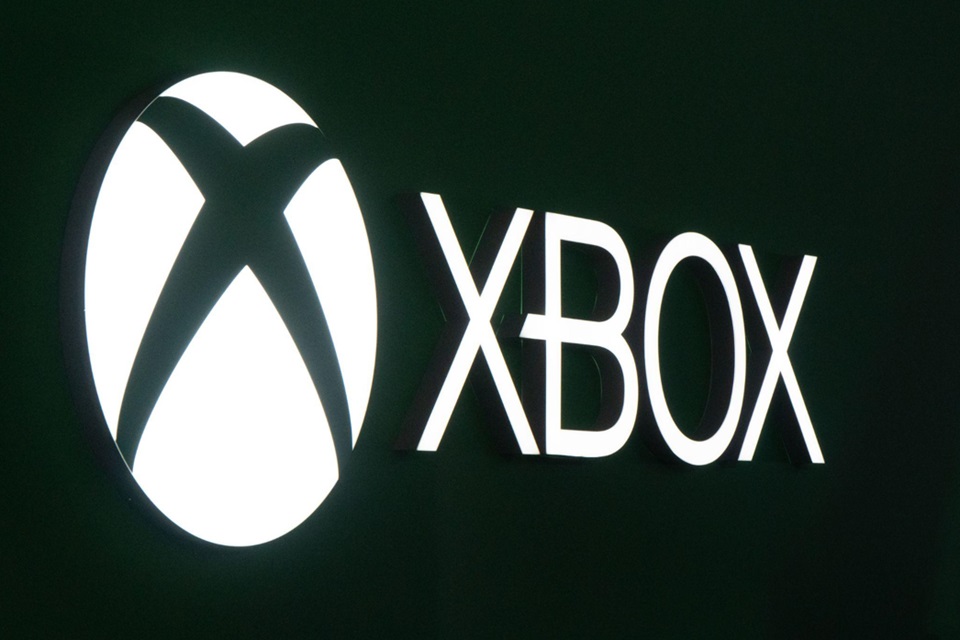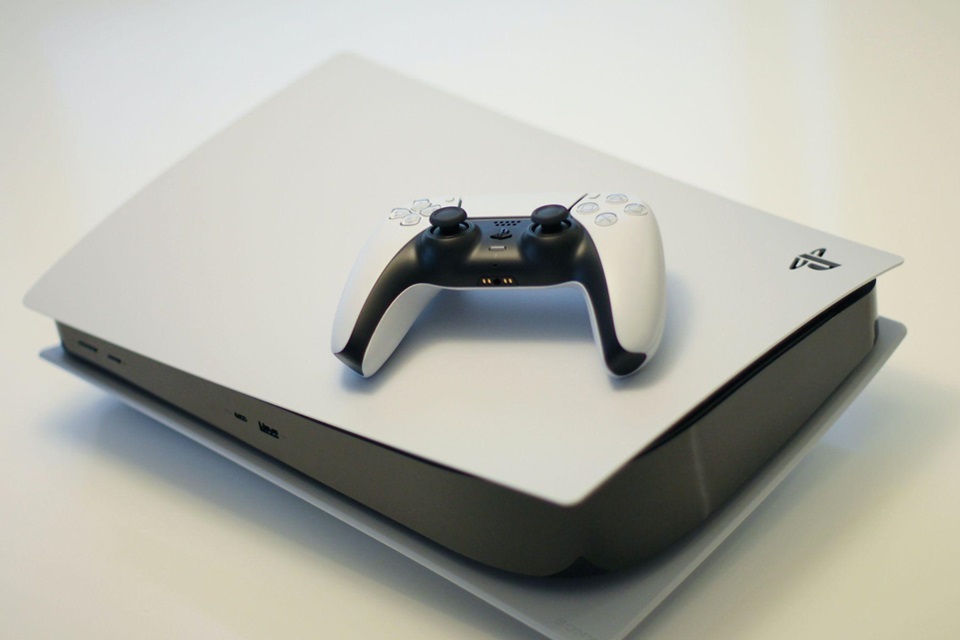What started as an initial spark in the minds of innovators has become a global industry worth billions annually. We are, of course, talking about the world of video games. The evolution of gaming has happened in the blink of an eye, going from a few pixels on a screen to ultra-high definition masterpieces that captivate and entertain players globally.
Data suggests there are approximately 3.2 billion active video gamers worldwide, making it the largest community on the planet. By the end of 2024, it is estimated the global video games market will reach a revenue of over $282 billion, dwarfing the global music ($31.2 billion) and movie industries ($90.1 billion) combined. These days, the best online sportsbooks offer odds on esports matches where professional gamers face one another in purpose-built stadiums and in front of millions of online viewers. How did gaming get to this stage? Let’s take a look.
Table of Contents
The Birth Of An Idea
Computer scientists used electronic machines to construct simple games as early as the 1950s. Bertie the Brain, a four-meter-tall computer, allowed players to take on artificial intelligence in a tic tac toe game.
In 1962, Steve Russell spearheaded the development of Spacewar!, a space combat game written for the DEC PDP-1 minicomputer at the Massachusetts Institute of Technology (MIT). Although basic by today’s standards, Spacewar! was groundbreaking and set the groundwork for the blockbuster modern-day titles.
The Home Console Revolution
In 1966, Ralph H. Baer came up with the idea of an electronic device that could connect to a standard television to play games. After creating a prototype that could play a version of table tennis, Baer patented the unit and licensed the patents to Magnavox, who in turn manufactured it into the first home video game console, the Magnavox Odyssey, in 1972.
Having created Computer Science a year earlier, the first recognized arcade game, Nolan Bushell and Ted Dabney were taken aback by the Magnavox Odyssey but believed they could make something better. They formed Atari, Inc. and released Pong in 1972 before releasing a Pong home console in 1975.
The Atari 2600 was launched in 1977 and became the most popular second-generation game console. The console popularized microprocessor-based hardware and games stored on swappable ROM cartridges.
Console gaming came on in leaps and bounds during the mid-1980s with the release of the Nintendo Entertainment System (NES) and the Sega Master System. Frequently called the “8-bit generation,” the third generation of consoles used 8-bit processors and five audio channels to bring games to life. More advanced graphics capabilities meant more games used sprites and tiles instead of the block-based graphics of yesteryear.
Iconic titles such as Donkey Kong, Mario Bros, and The Legend of Zelda hit the shelves, selling in record numbers.
Towards the end of the 1980s, Sega caused a significant stir in the console world by launching the 16-bit Mega Drive, known as the Genesis in North America. Nintendo responded with the Super Nintendo (SNES), and the battle between Sega and Nintendo lasted until 1994 when Sony Computer Entertainment gatecrashed the party with its PlayStation.
Technological Leaps & Bounds
The 1990s witnessed a rise in 3D graphics, transforming gaming experiences with titles like “Doom” and “Final Fantasy VII.” The transition to optical media made it possible to include video cut scenes and full motion video in games, allowing for more narrative elements.
Technological advances meant true real-time 3D rendering using polygons became possible, leading to Sega’s Virtua Racing and the legendary Star Fox games. On personal computers, id Software created Wolfenstein 3D, the original first-person shooter. Wolfenstein 3D led to the development of Doom, Duke Nukem 3D, and Quake.
Sony’s PlayStation dominated the market and sold over 102 million copies by the time it was discontinued. Nintendo enjoyed some success with the Nintendo 64 but sold only a third of what Sony’s console managed. Sega’s Saturn was considered a flop, selling only 9.2 million units across its five-year lifespan.
The Sixth Generation Of Consoles

The sixth generation of consoles saw Sony dominate the market with its PlayStation 2. Sony launched the PS2 in 2000; it sold 155 million units in 13 years, making it the best-selling console ever. Sega’s Dreamcast flopped, marking the end of Sega consoles. However, 2002 saw Microsoft enter the fray with the original Xbox.
This generation introduced basic online capabilities, a shift to DVD-ROM from CD-ROM discs, and the first instance of backward compatibility in PlayStation’s case.
Troubled Times For Sony & Microsoft & The Rise Of The Nintendo Wii
2005-2017 was when the seventh generation of consoles was active. The PlayStation 3 was initially plagued with issues relating to game development but still sold over 84 million units. Sony launched the PlayStation Network on this console for online services and storefronts. However, uptake was slow due to high prices.
Microsoft’s Xbox 360 was on course to outsell the PlayStation 3, but the console was troubled by a consistent hardware fault known as “the Red Ring of Death,” which cost Microsoft an estimated $1 billion to correct.
While Sony and Microsoft struggled, Nintendo released the Wii, which had the novel motion controls in the Wii remote. The Wii had no direct competition and sold almost 102 million units across its 11-year life.
Today’s Powerhouses
The eighth and ninth generations of consoles saw console gaming reach new highs. The Xbox One X and the PlayStation 4 pushed the boundaries of what was possible from the technology at the time. Both consoles could support up to 60 frames per second at 1080p resolutions.
Amid the COVID-19 pandemic, Sony released the PlayStation 5. At the same time, Microsoft launched the Xbox Series X. Both consoles use powerful processors, super-fast memory, and have dedicated video cards on par with gaming PCs. 4K resolutions are now possible, with the Series X enjoying a base performance four times that of the Xbox One X!
Conclusion
Gaming consoles and the video game industry have come a long way since the simple Bertie the Brain machine of the 1950s. Games have transformed from simple concepts to epic blockbusters akin to players controlling a Hollywood movie.
The industry is booming, with global annual revenues of over $282 billion and rising. There has never been a better time to be a console gamer, and things can only get better as technology progresses at an alarming rate. We cannot wait to see what the tenth generation of consoles have in store for gamers.



